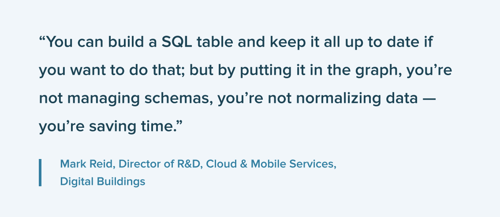STARDOG WHITEPAPER
How to Build a Modern Supply
Network with a Data Fabric
Manufacturers are a complex web of product innovation, engineering, planning, production, and logistical functions. Each of these steps exists along a value chain where it is easy to lose value in the links because of gaps in data, information latency, and the sheer difficulty of making complex associations across the span of operations.
These problems have long existed, but the once-in-a-lifetime disruption of the past year brought many global supply chains to the brink. The reason for this? Bad data strategy that treated a supply chain as a rigid system when, in reality, it is a complex network of actors that need to be fully in sync to quickly adapt to change. This resulted in data latency from source systems which in turn delayed responses to the changing market environment.
What manufacturers really need is a digitized supply network that accurately represents data as it moves along the supply chain and the relationships that define how work gets done. This digital representation needs to include all processes, products, people, partners, policies, and third-party data sources represented in the supply network to provide a clear view across the value chain. This would make possible impact and root cause analysis, scenario planning, bill of material analytics, managing distributed hierarchies, and decision-making based on real-time and IoT data.
These problems have long existed, but the once-in-a-lifetime disruption of the past year brought many global supply chains to the brink. The reason for this? Bad data strategy that treated a supply chain as a rigid system when, in reality, it is a complex network of actors that need to be fully in sync to quickly adapt to change. This resulted in data latency from source systems which in turn delayed responses to the changing market environment.
What manufacturers really need is a digitized supply network that accurately represents data as it moves along the supply chain and the relationships that define how work gets done. This digital representation needs to include all processes, products, people, partners, policies, and third-party data sources represented in the supply network to provide a clear view across the value chain. This would make possible impact and root cause analysis, scenario planning, bill of material analytics, managing distributed hierarchies, and decision-making based on real-time and IoT data.
To do this, data leaders need a solution that is:
- Expressive, and describes the real-world effects, consequences, and properties of the business
- Extensible, and reusable across all use cases
- Agile, and easy to create, maintain, and extend
They need a composable, machine-understandable representation of the key entities and relationships, as well as business logic and rules, that govern a business. Read our whitepaper to learn about the only solution that meets all these criteria: a data fabric.


